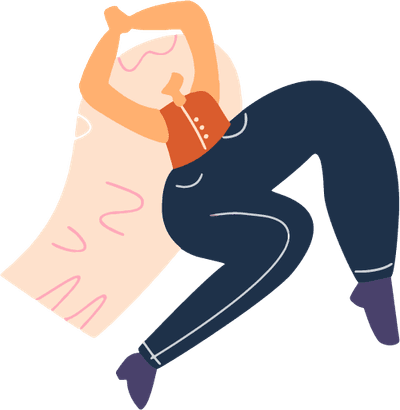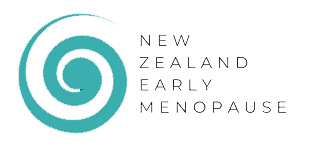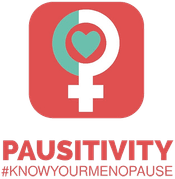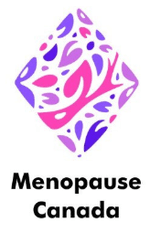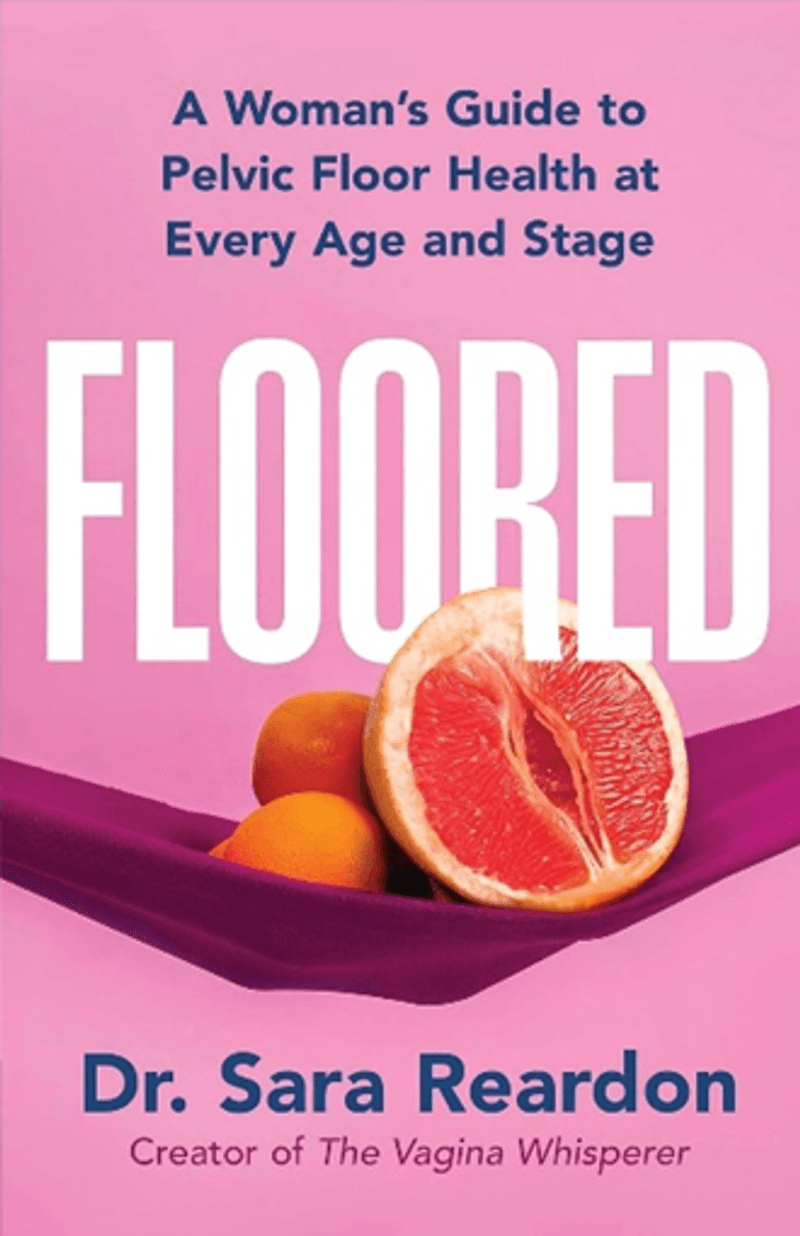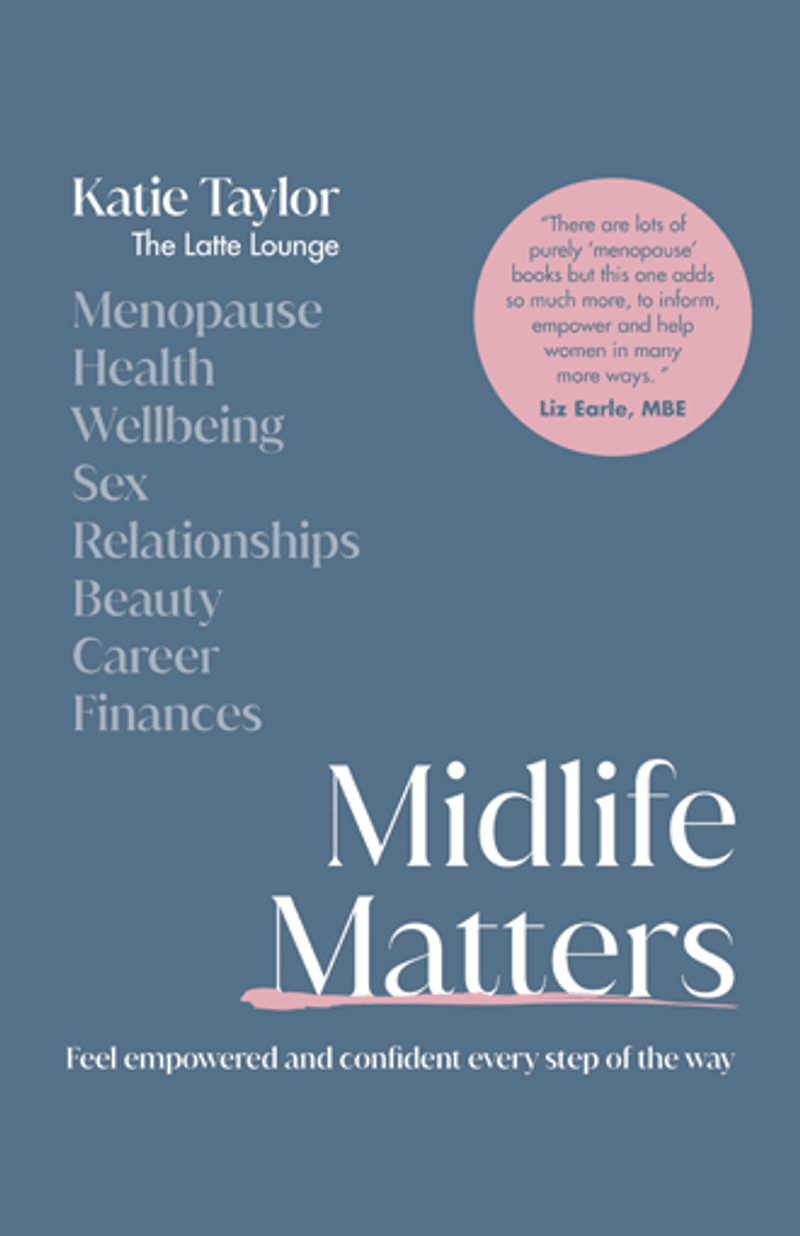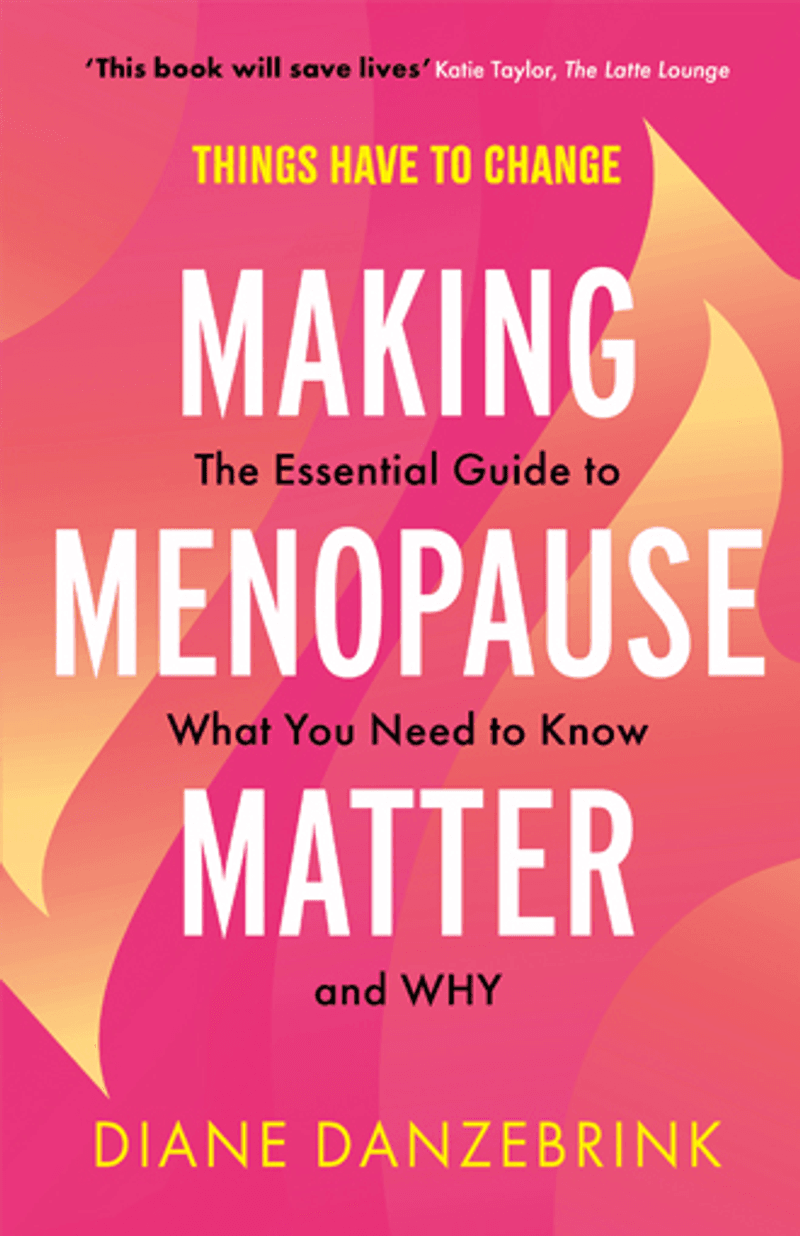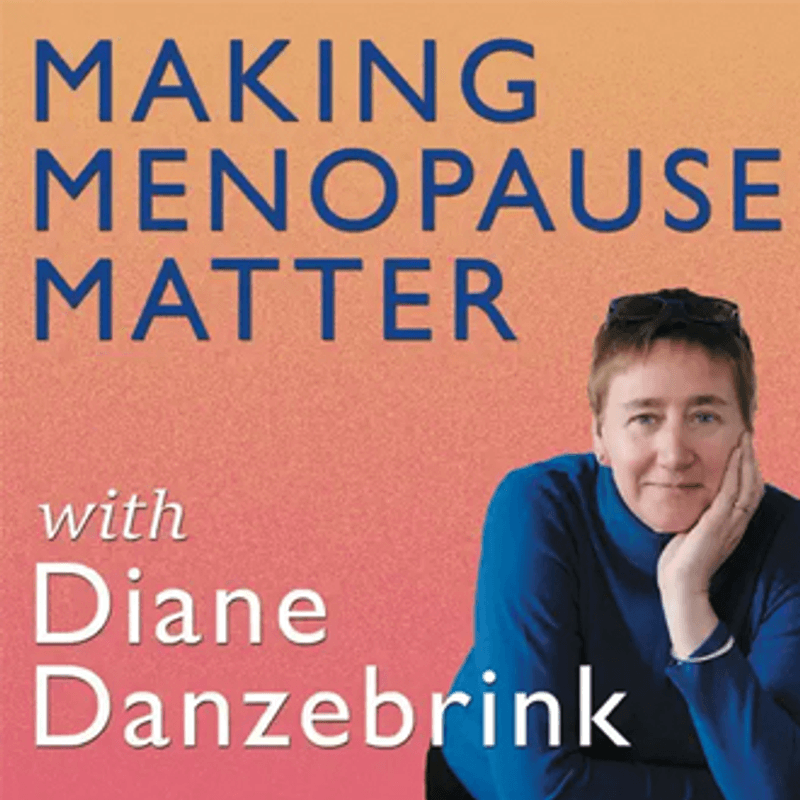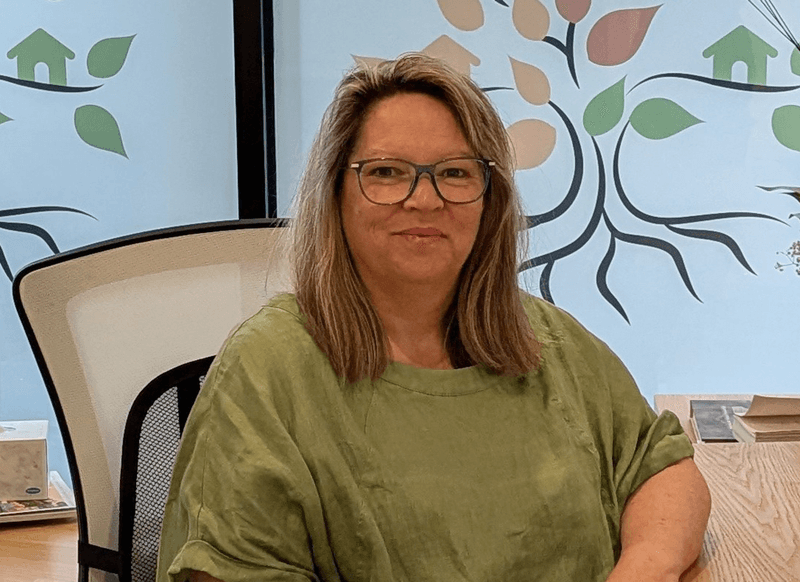Menopause is a natural biological process that marks the end of a woman’s reproductive years. It occurs when the ovaries stop releasing eggs and producing the hormones estrogen and progesterone. Menopause is officially diagnosed after 12 consecutive months without a menstrual period.
Stages of Menopause
Perimenopause
- The transitional period leading up to menopause
- Can begin 2-10 years before menopause (typically in your 40s)
- Hormone levels fluctuate, causing irregular periods and symptoms
- You can still become pregnant during this stage
Menopause
- Defined as 12 months without a menstrual period
- Average age is 51, but can occur anywhere from 40-60
- Ovaries have stopped releasing eggs
- Estrogen and progesterone levels are permanently low
Postmenopause
- The years following menopause
- Symptoms may continue but often become less intense
- Increased risk of certain health conditions due to low estrogen
What’s happening in your body
Your ovaries are the primary source of estrogen and progesterone. As you approach menopause, your ovaries gradually produce less of these hormones. This hormonal decline affects multiple body systems:
Reproductive system: Periods become irregular then stop completely
Cardiovascular system: Estrogen helps protect heart health and blood vessels
Bone health: Estrogen helps maintain bone density
Brain and nervous system: Hormones affect mood, memory, and sleep
Skin and hair: Estrogen influences collagen production and moisture retention
Types of Menopause
Natural menopause: Gradual hormonal decline due to aging
Surgical menopause: Immediate menopause following removal of both ovaries
Medical menopause: Caused by treatments like chemotherapy or radiation
Premature menopause: Occurring before age 40
Remember: Menopause is a normal life transition, not a medical condition requiring treatment. However, symptoms can be managed effectively when they impact quality of life.

